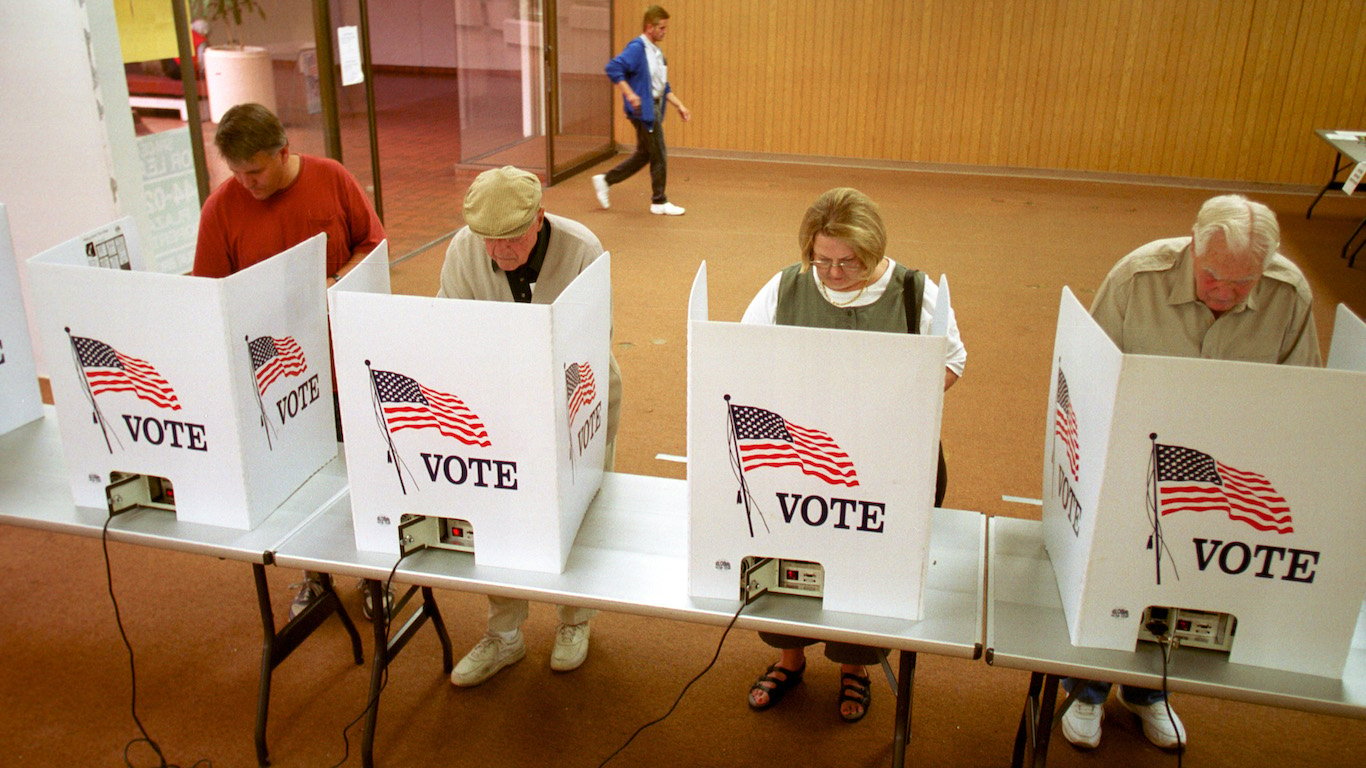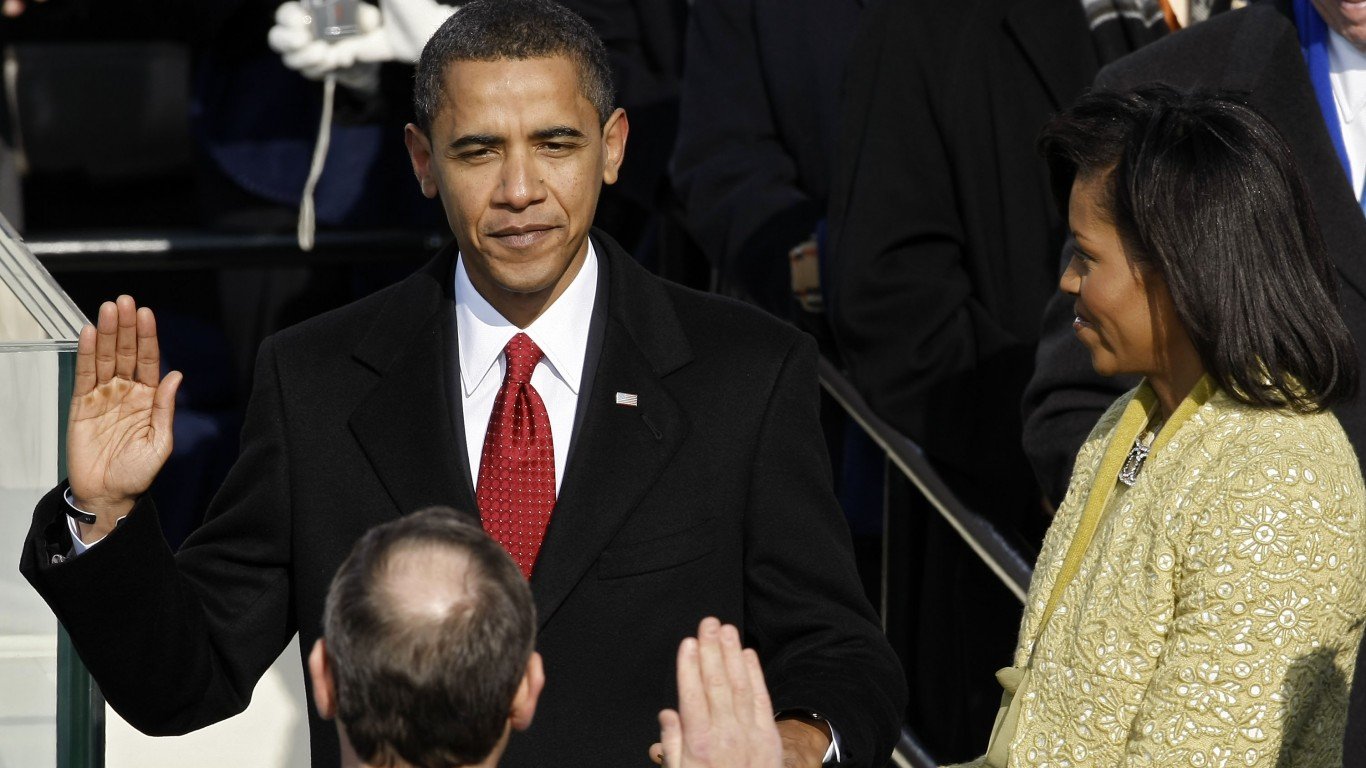

The first major event of the 2020 presidential election season, the Iowa Caucuses, will take place on Feb. 3. Over the following months until the Democratic and Republican National Conventions in mid-summer, the other states and U.S. territories will hold their primaries and caucuses to help select the presidential nominee for the Democratic and Republican parties.
While primaries are an easily understood voting process for choosing a nominee, caucuses are more arcane. A caucus is a meeting of party members who convene to discuss policies, actions, or — as in the case of the Iowa caucuses — meet to nominate a presidential candidate. In America, the roots of the caucus process go back to the late 18th century, when the leaders of the emerging political parties selected their candidates for president and vice president. For a historical perspective, here is each president’s path to the Oval Office.
Republicans and Democrats conduct their caucuses differently in Iowa. Each party elects a chairperson and a secretary to lead the caucus. Then the presidential candidate, or his or her representative, may speak to the group prior to the start of the proceedings.
In the Republican caucus, voters cast a ballot of support for their preferred candidate. The Democratic caucus is more involved and, at times, a more chaotic and exuberant affair. In the Democratic caucus, participants split into various groups for their preferred candidate and try to persuade others, particularly those who are undecided, to join their group. Before 2016, participants had to be physically present at a caucus site to participate, but both parties now permit military service people who are out of state to take part.
A candidate must get what is called a viable percentage, usually 15%, of the votes at a given location to be a viable candidate. If a candidate fails to reach the viability threshold, his or her supporters must support another candidate, stay undecided, or abstain. Participants are allowed 15 minutes to decide. Once they decide, members of a candidate’s viable group must stay with that candidate.
Each candidate who meets the viability standard gets at least one delegate, and more delegates go to the candidates who receive more votes. The Democratic state party then calculates the delegate equivalents that were earned by each candidate at each caucus site and tallies them. The candidate with the most delegate equivalents gets the most delegates, who are sent to the Democratic National Convention, and possibly nominate the next great president. This is how historians rank every president.
Take This Retirement Quiz To Get Matched With A Financial Advisor (Sponsored)
Take the quiz below to get matched with a financial advisor today.
Each advisor has been vetted by SmartAsset and is held to a fiduciary standard to act in your best interests.
Here’s how it works:
1. Answer SmartAsset advisor match quiz
2. Review your pre-screened matches at your leisure. Check out the
advisors’ profiles.
3. Speak with advisors at no cost to you. Have an introductory call on the phone or introduction in person and choose whom to work with in the future
Take the retirement quiz right here.
Thank you for reading! Have some feedback for us?
Contact the 24/7 Wall St. editorial team.
 24/7 Wall St.
24/7 Wall St.


